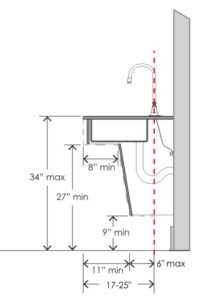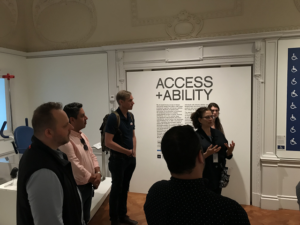As architects, building designers, and members of project teams, we are in a unique position to advance equity and inclusion in our world. It is our responsibility to design buildings that support and give opportunities to historically underserved groups.
As we embark on a new year, concepts of equity and inclusion are prominent throughout the field of architecture. The U.S. Green Building Council recently affirmed that equity will remain a key focus at this year’s Greenbuild International Conference, and the WELL Equity Rating continues to gain traction across our industry.
At SWA, we prioritize equity and inclusion in both our company values and strategic vision as well as in our Inclusive Design discipline. We made an announcement not long ago that our Accessibility team is shifting away from Universal Design towards Inclusive Design to more effectively drive equity in the built environment. In our work with Inclusive Design strategies, we have examined how they must evolve to prioritize all building occupants and the surrounding community at each stage in the design process.
Today we are thrilled to have a clearer vision for how we aim to accomplish this goal. (more…)





